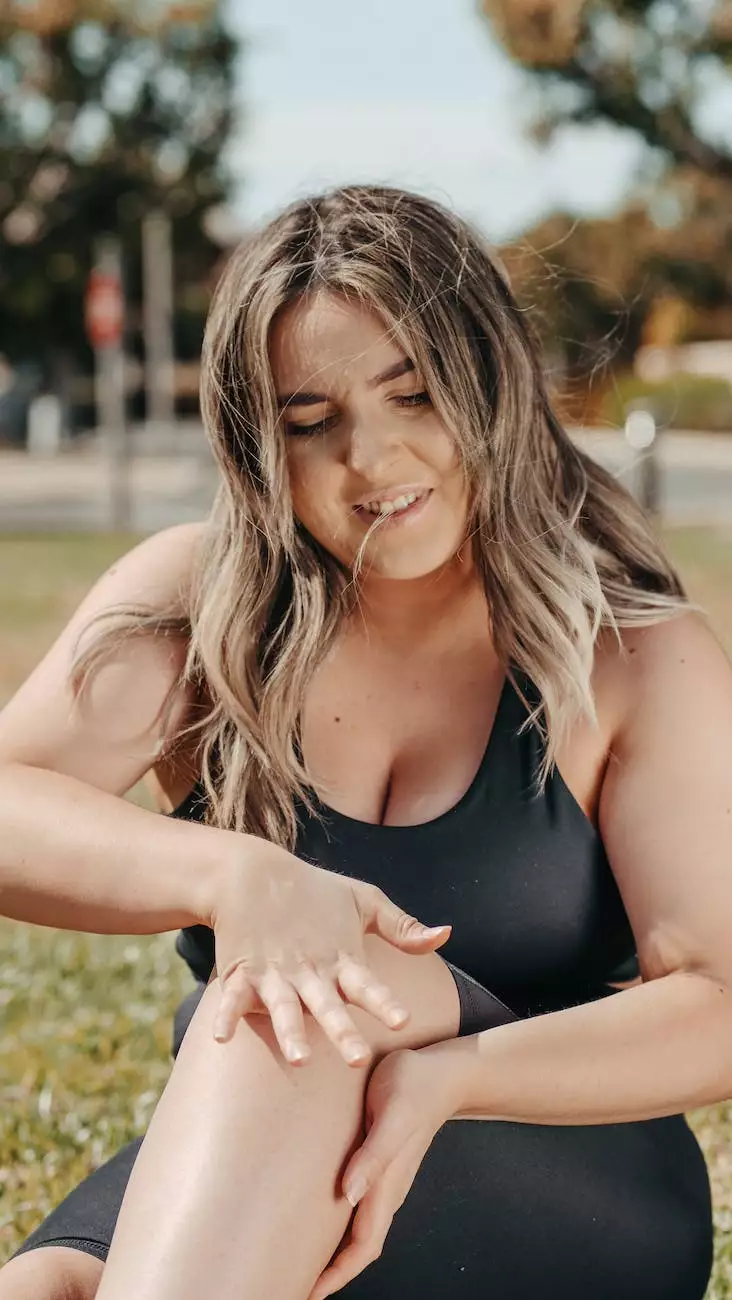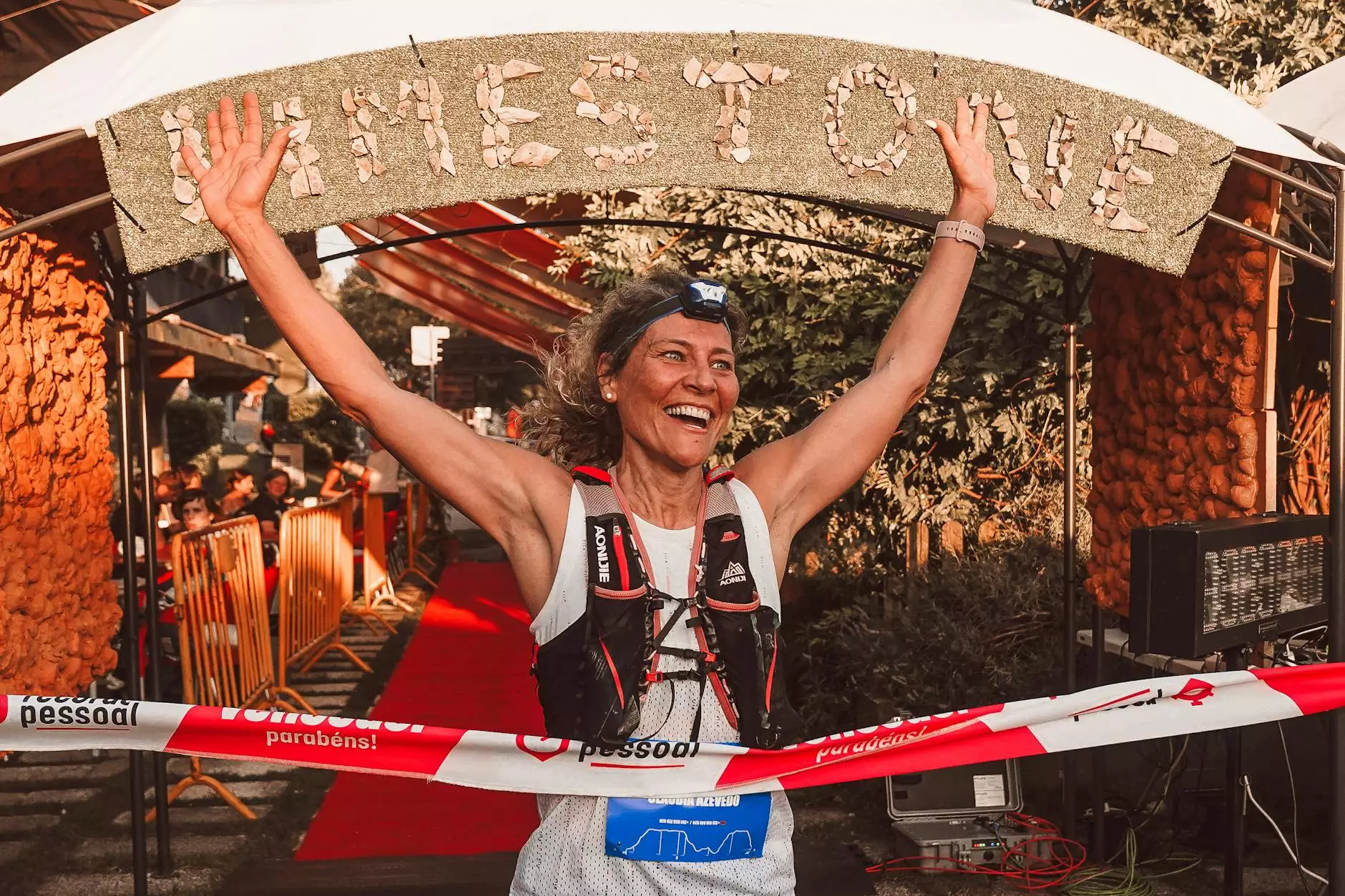Patellar Tendinopathy: The Most Common Knee Injury
Physical Therapy
About Patellar Tendinopathy
Thrive Rolfing is here to help you understand and address patellar tendinopathy, a prevalent knee injury in the field of alternative and natural medicine. Also known as jumper's knee, this condition primarily affects athletes, particularly those engaging in sports that involve repetitive jumping or running activities.
Causes and Risk Factors
Patellar tendinopathy arises from excessive strain on the patellar tendon, which connects the kneecap (patella) to the shinbone (tibia). The repetitive stress causes micro-tears in the tendon, leading to pain, inflammation, and degeneration.
A variety of factors contribute to the development of patellar tendinopathy:
- Overuse: Repeatedly subjecting the knee joint to high-impact activities without proper rest can overload the tendon, weakening its structure.
- Training Errors: Sudden increases in training intensity, inadequate warm-up routines, or improper technique can strain the patellar tendon.
- Biomechanical Factors: Poor knee alignment, muscle imbalances, tightness in the surrounding muscles, or foot mechanics issues may put additional stress on the tendon.
- Age: Tendons lose elasticity with age, making older individuals more susceptible to injuries like patellar tendinopathy.
Symptoms and Diagnosis
Patellar tendinopathy manifests through several telltale signs:
- Pain just below the kneecap, often worsening during physical activity, especially jumping or landing movements.
- Tenderness and swelling around the patellar tendon.
- Stiffness and limited range of motion in the knee joint.
If you suspect patellar tendinopathy, it is crucial to consult a healthcare professional experienced in alternative and natural medicine. A thorough examination, including a review of your medical history and physical assessment, can confirm the diagnosis.
Treatment and Rehabilitation Approaches
At Thrive Rolfing, we prioritize comprehensive and personalized treatment plans for patellar tendinopathy. Our approach combines various strategies to alleviate pain, promote healing, and restore optimal function:
1. Eccentric Strengthening Exercises
Eccentric exercises focus on the controlled lengthening of the patellar tendon, aiding in its remodeling and strengthening. Our expert practitioners will guide you through a tailored exercise regimen to gradually load the tendon, promoting its resilience.
2. Manual Therapy and Rolfing
Rolfing, a form of bodywork, helps address muscle imbalances, release tension, and improve overall knee joint alignment. Combined with manual therapy techniques, it can optimize biomechanical factors contributing to patellar tendinopathy.
3. Rest and Activity Modification
Healing requires adequate rest periods to allow the tendon to recover. Our team will assist you in modifying activities and implementing appropriate rest intervals to prevent further damage and promote optimal healing.
4. Pain Management
We employ alternative pain management techniques such as acupuncture, herbal remedies, and therapeutic modalities to alleviate discomfort associated with patellar tendinopathy.
5. Biomechanical Assessment and Corrective Measures
Identifying and addressing underlying biomechanical issues is essential in preventing recurring injuries. Our highly skilled practitioners will analyze your movement patterns, offering corrective measures, including footwear recommendations and orthotic interventions if necessary.
Prevention Strategies
While patellar tendinopathy is a common knee injury, adopting preventive measures can reduce the risk of its occurrence:
1. Gradual Progression in Training
Avoid sudden spikes in training intensity. Gradually increase activity levels, allowing your body to adapt and strengthen over time.
2. Proper Warm-Up and Stretching
Always warm up before engaging in physical activities. Incorporate dynamic stretches that focus on the quadriceps, hamstrings, and calf muscles.
3. Correct Technique and Body Mechanics
Learn and maintain proper technique and form. Seek guidance from qualified professionals to ensure optimal biomechanics during sports or exercise.
4. Strength and Conditioning
Include exercises that target the quadriceps, hamstrings, glutes, and core muscles. Strengthening these muscle groups can provide better support for the knee joint.
5. Regular Rest and Recovery
Allow ample time for rest and recovery after intense physical activities. This enables the body to repair and rebuild itself, reducing the risk of overuse injuries.
Partner with Thrive Rolfing for Effective Patellar Tendinopathy Management
Thrive Rolfing understands the complexities of patellar tendinopathy and its impact on your overall well-being. Our team of highly skilled professionals specializes in alternative and natural medicine techniques to provide personalized care and support throughout your healing journey.
Contact us today to schedule an appointment and take the first step towards recovering from patellar tendinopathy, the most common knee injury affecting athletes and individuals seeking alternative and natural solutions.




